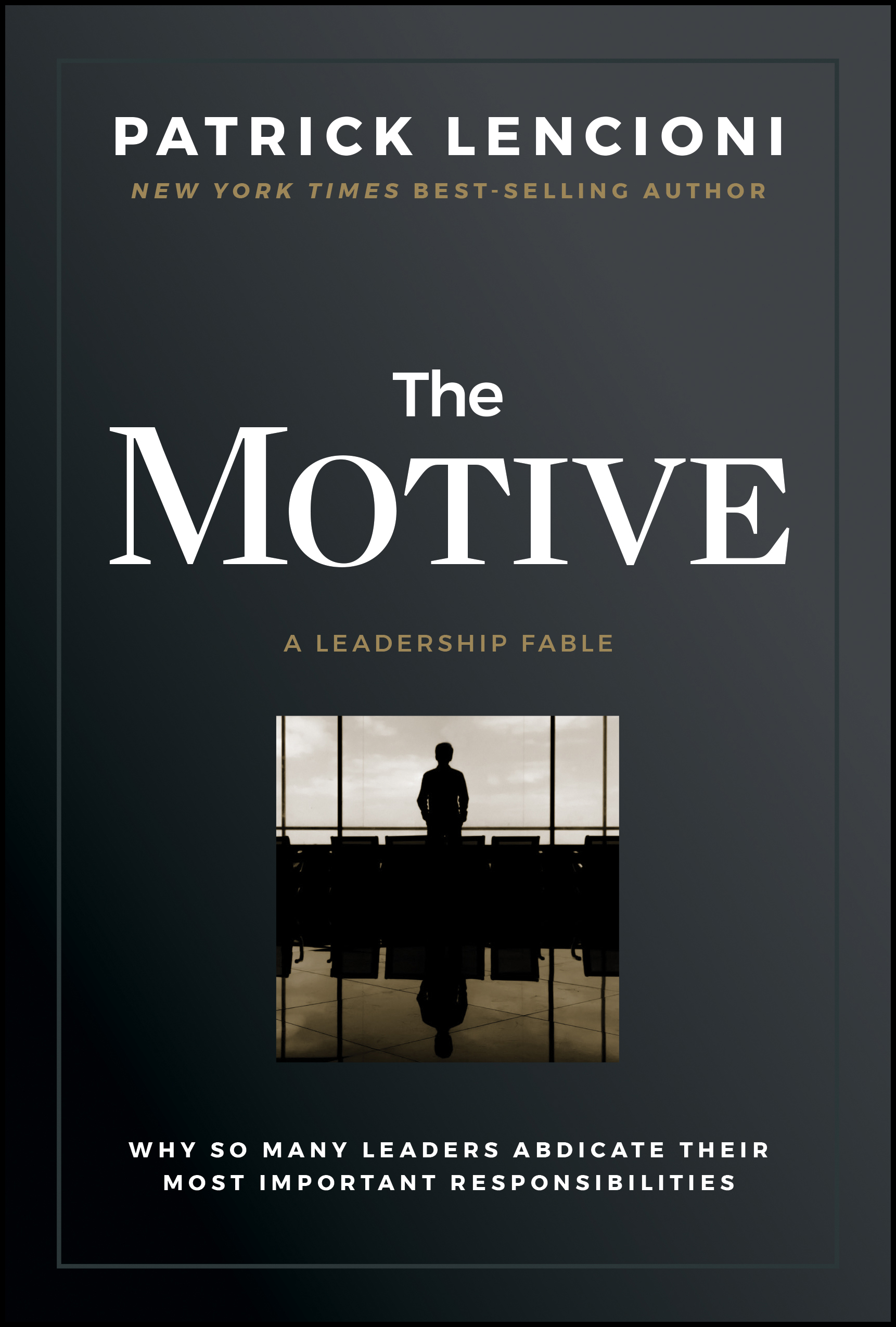Patrick Lencioni is a storyteller. One of the business world’s best in my view. So I’ll start with a story about him.
Whilst still holding down an employed role as a Head of Talent & OD, I was guest lecturing in Dublin at City University. I tweeted on arrival how pleased I was to be there. A big deal for me to be sharing with Students there how I saw the role of HR. It was 2011 I think.
I checked my twitter feed immediately after lecturing to see Colin Ross, a contact of mine, had responded inviting me to a drink as he too was in Dublin.
He was with Patrick Lencioni and would I like to meet up? Of course, I replied. Colin & I direct messaged and I got a taxi to the bar.
I was excited because Patrick Lencioni’s books had become inspiring and useful references and tools for me. ‘Overcoming the 5 Dysfunctions of a Team’, ‘Three Signs of a Miserable Job’ and more. So to meet him was a big thing. Anyway, long story short, Pat (!) was a genuinely nice, warm and interesting person who nipped back to his hotel room and gave me a personalised, signed copy of ‘…5 Dysfunctions’ which is proudly on my bookshelf.
So I’m a fan of Pat’s and would therefore obviously love his new book, The Motive right? Well, yes and no. Because I’d say since 2011 I’ve read a LOT and learned a lot and could be a strong critic if Pat’s new work wasn’t on the money after all the amazing, searching and powerful work I’ve read since.
So what about The Motive then? I deliberately avoided anyone else’s reviews so I could see this through uninfluenced eyes.
It is one of Pat’s shorter and easier books to consume. So that, is great. In the busy times we’re in, we need a 600-page deep-dive like a kick in the shin.
It wasn’t so much the compactness of this book that was a winner for me, it was the storytelling and the simple but powerful conclusions. It’s like Pat said in the opening – it could be his best-written work – because it was clear and succinct.
A fable – like all of Pat’s books – so I suspect it would drive the evidence-based academics nuts. Where’s the longitudinal, multi-company and geography study to prove the merit of this writing?
Not needed. Seriously, not needed. If you’ve spent time with ANY executive team or CEO, this will not need a numbers-based table to prove it is accurate.
So the story – I won’t spoil your chance to read it as it’s almost Pixaresque in its allure – is about being a CEO. Don’t roll your eyes though. It’s a very human tale. Of everyday and overall motives.
See Pat’s right when he says in this book that many people aspire to be CEO because of the notoriety, status and power. And what they can get over what they can give. Many – not all.
And Pat’s done a great job with the titles to give this a strong pull, like Nemesis – what a powerful word that is. His characterisation and scene-setting in his writing makes it come alive; like you’re watching a Netflix season’s opening episode.
What’s most powerful is the simplicity and everyday focus on what a CEO does (verb) over what a CEO is (noun). Really telling. Most CEOs, he concludes, abdicate over delegate. They allow their executive team to have ‘rough edges’ because mostly, they’re effective in their role despite the impact they may have on others with their foibles. Things he urges us to do are talking directly, and even uncomfortably about this with our leadership colleagues. Yet something many CEOs don’t do.
One extract I will repeat verbatim is this: it’s the CEOs role to communicate with everyone they can and be a “…constant, incessant reminder of the company’s purpose, strategy, values and priorities.” Be the CRO – Chief Reminding Officer.
His characterisation of the story is strong, and it has an interesting conclusion about motives. A little twist. Pat then summarises the lessons from the fable with a few key takeaways.
Now, I don’t want this review to be a digest more a reflection – as I would urge you to read this book whether you’re a CEO or not.
And prepare to be spectacularly underwhelmed by the simplicity of the deductions, yet recognise they are there for a reason – most CEOs fail at the 5 things Pat sets out – time and again, day after day, tenure after tenure.
So you won’t be surprised by anything Patrick Lencioni has revealed here. But that’s all the more reason to sit with this book and it’s teaching for a while. Be with it and ask yourself (as an existing CEO, a prospective CEO or someone who wants to see their CEO be a better one).
5 simple things that come into question around the motive for people to BE a CEO and DO what a CEO needs to do.
If you have the motive to act on these things, then your motive to be a CEO is as Pat describes at the end of the book – the end of servant leadership. Not because servant leadership will have failed, but because it will be the only way to be a CEO.
Perry Timms, MCIPD & FRSA, Founder and Chief Energy Officer, PTHR,
HR Most Influential Thinker 2017 – 2019, Author: Transformational HR, Adjunct Faculty – Hult International Business School
Published by Wiley







